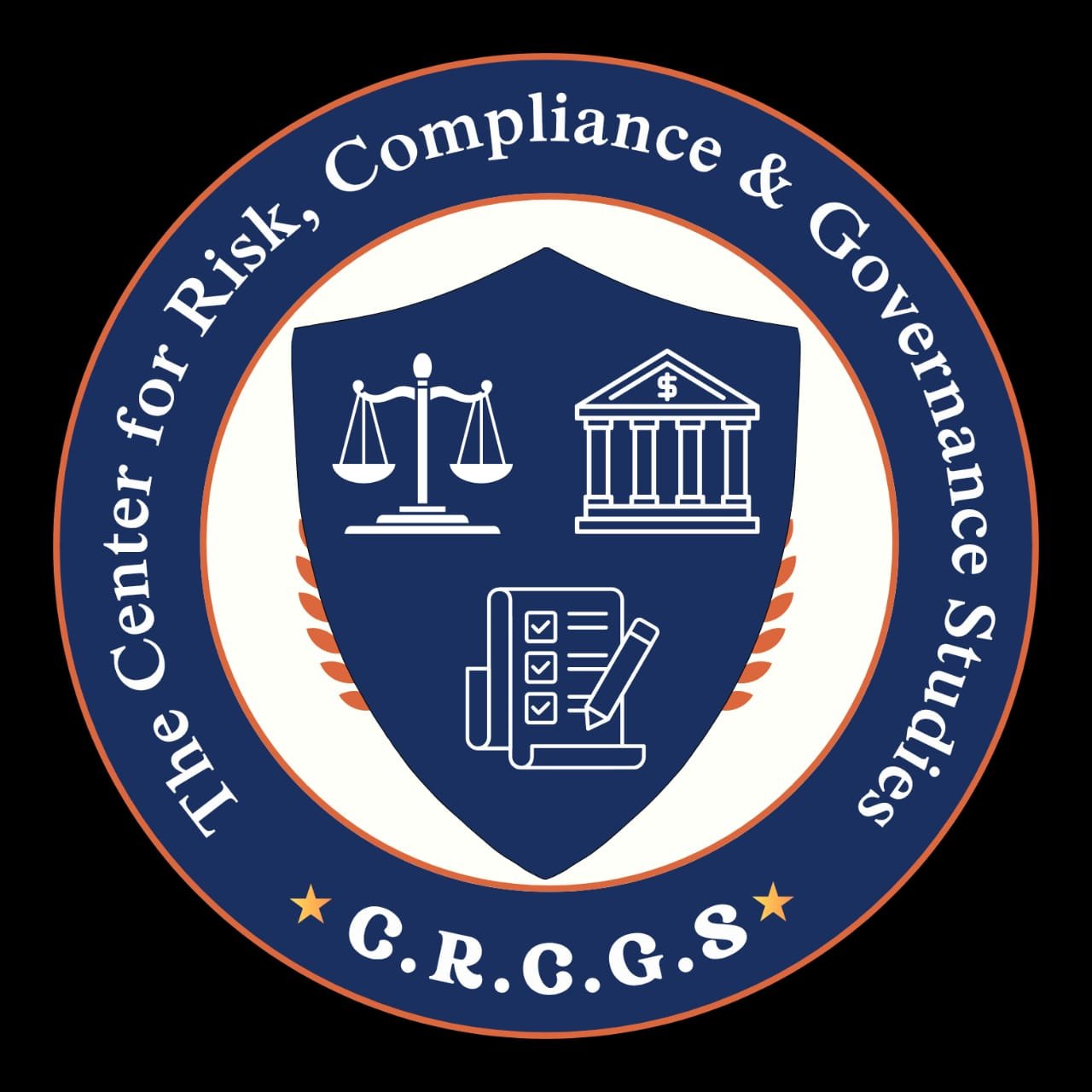Workplace Financial Crime: Insider Threats and Embezzlement

Financial crime in the workplace has become a greater threat in today's digitalised and interconnected corporate environment, with insider threats and embezzlement being two of the most common types. These crimes harm a company's reputation, employee morale, and stakeholder trust in addition to causing large financial losses. A strategic combination of fraud detection, internal controls, risk assessment, and a robust corporate governance framework is needed to address these internal threats.
Understanding Employee-Driven Financial Crime
Embezzlement:
The act of an employee stealing money or assets that have been entrusted to them by their employer is known as employee-driven financial crime or embezzlement. It frequently entails manipulating accounting systems, transferring business funds into personal accounts, or fabricating documentation. Since these crimes are usually committed over a long period, it is more difficult to identify them until significant harm has been done.
Insider threats:
Conversely, insider threats are when workers or contractors use their permitted access to harm others, either out of malice or for personal benefit. This can involve working with outside fraudsters, sabotaging financial systems, or transferring data without authorisation.
Typical Warning Indications
Organisations need to be on the lookout for early signs of possible occupational fraud, such as:
-
Unexpected changes in employees' lifestyles.
-
Inconsistencies in financial records.
-
Regular overriding of internal controls.
-
Unauthorised data access or policy violations.
-
Resistance to sharing responsibilities or taking vacations (which could reveal hidden schemes).
Important Prevention and Mitigation Techniques
-
Put in place robust internal controls:
-
Segregation of duties (SoD): Steer clear of giving one employee all of the financial responsibilities.
-
Frequent audits and reconciliations: Perform routine financial reviews and surprise audits.
-
Access controls: Restrict access to systems and sensitive data according to role requirements.
-
Encourage a Culture of Ethics and Compliance:
-
Clearly define a code of conduct and convey that fraud is not tolerated.
-
Provide frequent training on compliance and ethics.
-
Promote moral behaviour by setting an example and providing support.
-
Improve Reporting and Monitoring Systems:
-
Use data analytics tools and fraud detection software to keep an eye on transactions and identify irregularities.
-
Establish anonymous and secure channels for whistleblowers.
-
Frequently check user activity logs for indications of unauthorised activity.
-
Perform Extensive Background Checks:
-
Perform thorough background checks on all new hires, particularly those in IT or finance positions.
-
Regularly review the risk profile of workers in delicate roles.
-
Invest in cybersecurity measures:
-
Use encryption and multi-factor authentication to prevent unauthorised access to systems
-
Update software frequently and fix security holes that insiders could exploit.
Financial and Legal Consequences
Regulatory fines, legal action, and irreversible harm to a company's reputation can result from embezzlement and insider threats that go unchecked. Additionally, companies may experience higher insurance premiums and a decline in investor confidence. In addition to being required by law, actively reducing these risks is also essential for business.
Conclusion
Internally committed financial crime presents a special and serious risk. Employee-driven fraud continues to be a persistent problem for compliance and risk teams, even as external threats change. Businesses can successfully protect themselves against the negative impacts of embezzlement and insider threats by putting an emphasis on internal risk management, cultivating an open corporate culture, and utilizing advanced analytics and security frameworks.

 CRCGS
CRCGS 





